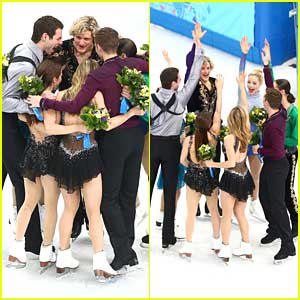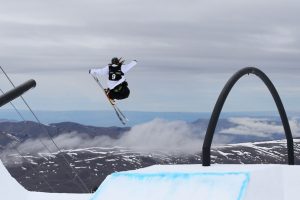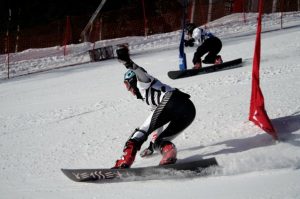The Winter Olympic Games are guaranteed to captivate and impress as elite athletes from around the world come together to compete in the most prestigious and intense sporting competition. These athletes dedicate their lives training to become the best, which ideally results in them winning an Olympic Medal. How exciting it must be for these athletes to proudly represent their sport and their country!
So what makes the 2014 Winter Olympic Games even more exciting than usual? A total of 12 events will debut during the Sochi Games!
We are excited to share with you a listing of these new events and a brief description of what the events entail.
What’s New in 2014?
- Women’s ski jumping
- Team events in figure skating
- Luge relay
- Mixed relay in biathlon
- Men’s ski halfpipe (freestyle)
- Women’s ski halfpipe (freestyle)
- Men’s snowboard slopestyle (freestyle)
- Women’s snowboard slopestyle (freestyle)
- Men’s ski slopestyle (freestyle)
- Women’s ski slopestyle (freestyle)
- Men’s snowboard parallel slalom
- Women’s snowboard parallel slalom
Brief description of What the New Events Entail
Women’s Ski Jumping
 The format for women’s ski jumping competitions will be the same as for the men’s competitions with the exception that individual women’s competitions will use a smaller ski jump (K-95). One set of medals will be awarded following 3 rounds: qualifying, first, and final. The winner is the competitor with the maximum score at the end of all three rounds.
The format for women’s ski jumping competitions will be the same as for the men’s competitions with the exception that individual women’s competitions will use a smaller ski jump (K-95). One set of medals will be awarded following 3 rounds: qualifying, first, and final. The winner is the competitor with the maximum score at the end of all three rounds.
Figure Skating Team Events

Luge – Team Relay

At the finish, the athlete must hit the touch pad, which opens the start gate for the second sled, all of this without the time stopping. As soon as the third member of the team reaches the touch pad, the time stops and the overall time for the relay team is determined.
Freestyle Ski Halfpipe (Men & Women)

Biathlon – Mixed Relay

Next, each athlete shoots at five targets (lying and standing), with three spare bullets at each shooting range. There is a 150 m long penalty loop for each miss.
Snowboard Slopestyle (Men’s and Women’s)
 Athletes perform on a slope with various obstacles: rails, quarter pipes and jumps.
Athletes perform on a slope with various obstacles: rails, quarter pipes and jumps.
The event format is as follows: an elimination system with semi-finals and finals with two runs in each round. The total number of participants in the final is 12, and the best result determines the winner.
Freestyle – Ski-Slopestyle (Men’s and Women’s)

Snowboard Parallel Slalom (Men’s and Women’s)

The courses must match each other as much as possible in terms of relief, snow cover, number of turns, and other factors. The format of this event is structured so that competitors go through two qualification runs before reaching the final runs, with two attempts on the red and blue slopes. Following the first qualification run, 16 men and women with the best course results on the first run are selected. In the second qualification run (elimination run), all participants change courses and compete again for the best course completion times. Following two qualification rounds, the 16 best reach the final elimination runs: 1/8, 1/4, semi-final and final.
http://www.sochi2014.com/en/news-12-events-to-make-debut-at-sochi-games


